Tag: Veterinary Nutrition
-
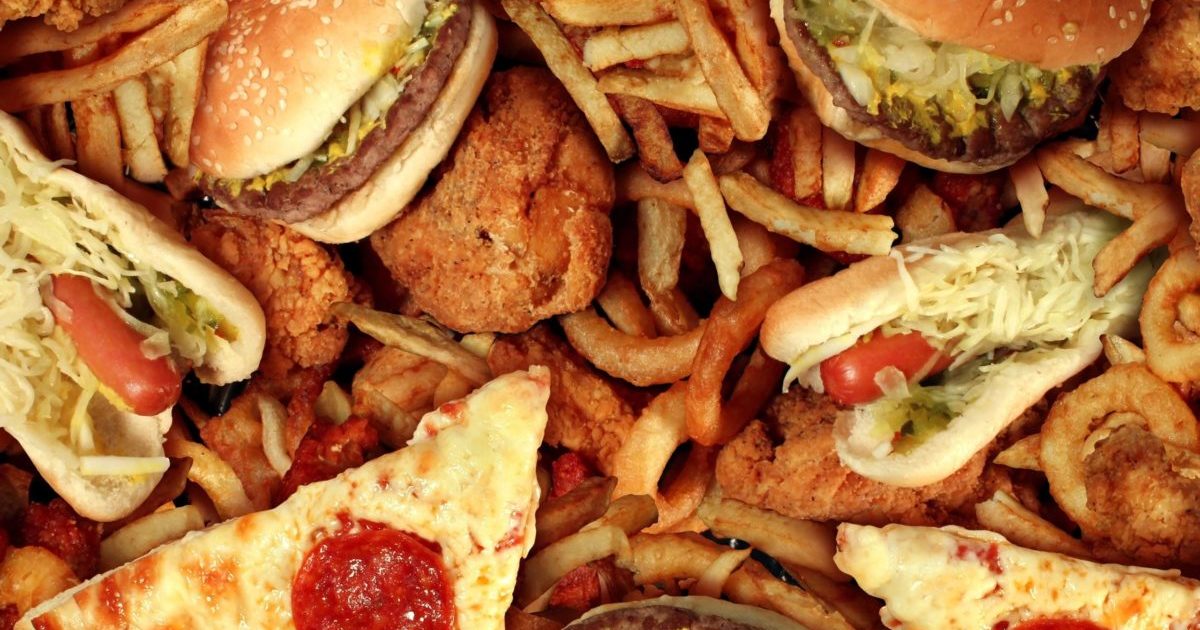
You are what you eat
—
by
I think vets can be a little hypocritical when it comes to recommending a balanced diet for our patients, particularly as we – along with other medical professionals – tend to be a little lacking when it comes to our own diets. There are two main issues in the veterinary community when it comes to…
-
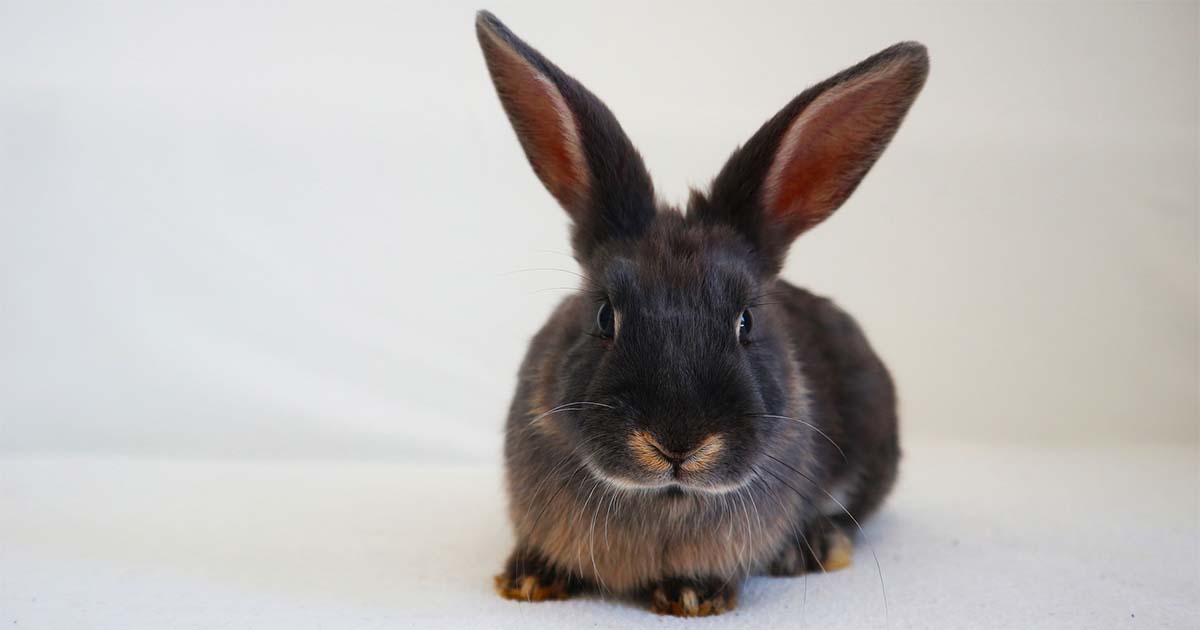
Rabbit versus IV
For small, fluffy, adorable creatures, rabbit care can actually be a huge challenge in the veterinary practice. They are seen to be more difficult and fragile than the standard cat or dog, and some of the veterinary team are unsure of the best protocol when handling and hospitalising. Rabbit anaesthetics and their recovery carry a…
-
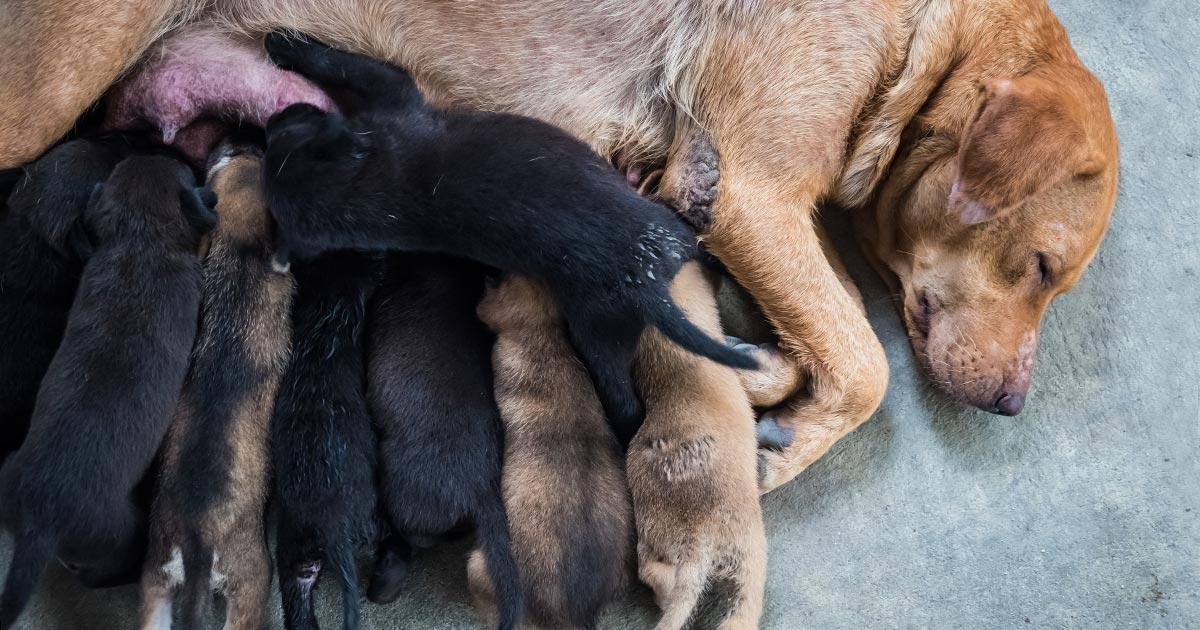
Ionised hypocalcaemia, pt 2: eclampsia
—
by
As discussed in part one of this blog series, a myriad of disease processes can lead to ionised hypocalcaemia (iHCa). Despite this, only hypocalcaemia caused by eclampsia and hypoparathyroidism (primary or iatrogenic – post-surgical parathyroidectomy) are severe enough to demand immediate parenteral calcium administration. Hypoparathyroidism is quite rare, so this blog will not explore the…
-
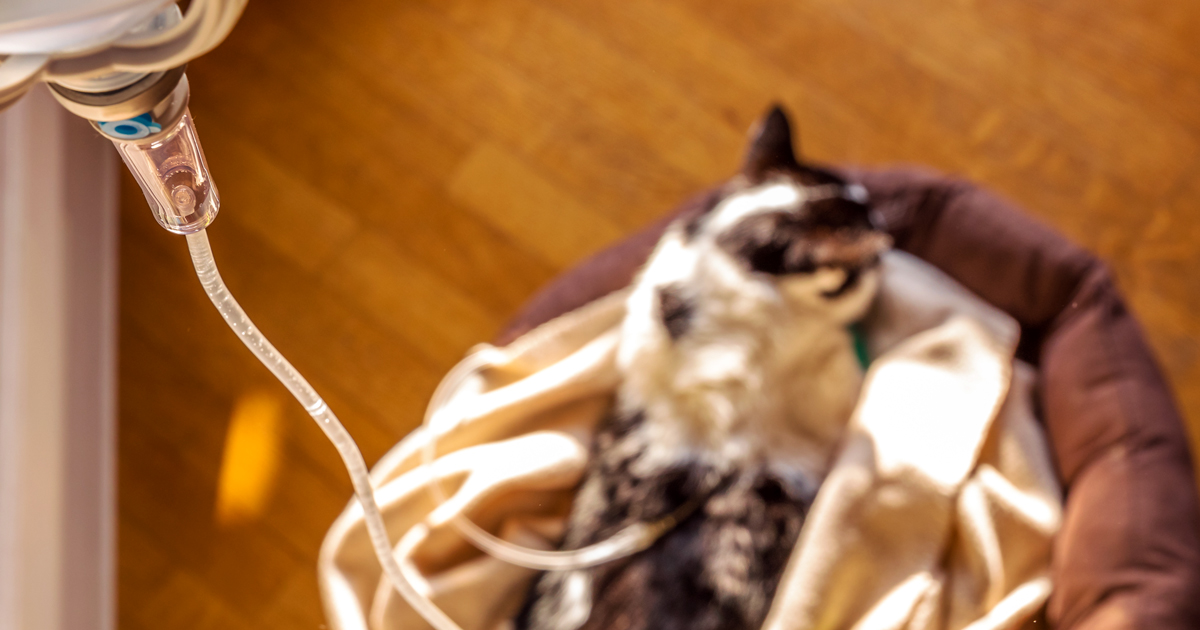
Pancreatitis, pt 2: treatment and prognosis
—
by
Last week we covered diagnosing pancreatitis and the challenges associated with doing so. This week we look at management. The treatment of pancreatitis largely involves supportive care and monitoring for potential complications. Here, we recap the fundamentals. IV fluids IV fluids are critical in the acute phase to restore perfusion to core organs and correct…
-

Five strategies to develop your resilience
—
by
The ability to learn resilience is one reason research has shown that resilience is ordinary, not extraordinary. Like building a muscle, increasing your resilience takes time and intentionality. With that in mind – and following last week’s article, which explored what resilience is – here is a five-point plan to help develop it. 1. Develop…
-
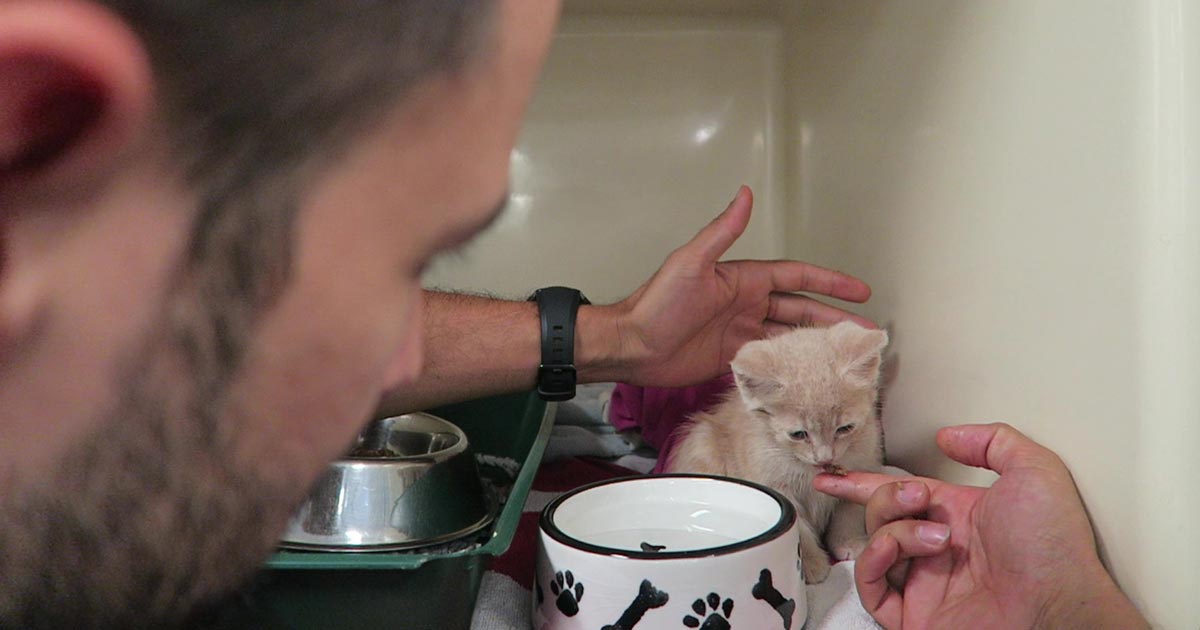
Nutritional healing power
—
by
Nutrition is a key factor in a patients recovery; in fact, numerous studies show getting patients to eat as soon as possible or providing nutritional support early has several benefits: Patients start to eat on their own earlier. They are less nauseous once they start. Reduced mortality. Improved wound healing. All of these contribute to…
-
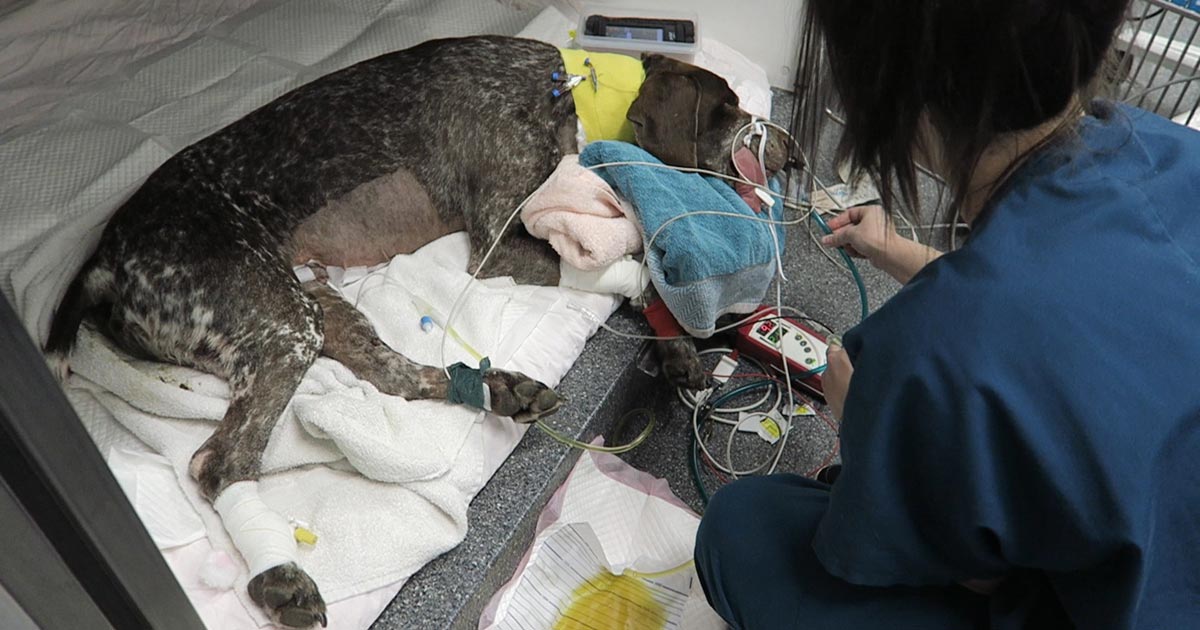
Focus on GDV, part 4: the recovery
—
by
Postoperatively, gastric dilatation-volvulus (GDV) patients remain in our intensive care unit for at least two to three days. Monitoring includes standard general physical examination parameters, invasive arterial blood pressures, ECG, urine output via urinary catheter and pain scoring. I repeat PCV/total protein, lactate, blood gas and activated clotting times (ACT) immediately postoperatively and then every…
-

Playing the numbers game
—
by
There are some times we just need to celebrate the passion in our profession. As a former lecturer, I’m aware of the work people put in to get the qualifications to enter a vet nursing course. So a recent Google alert wasn’t a surprise, but it is a beautiful story being shared with the public.…
-
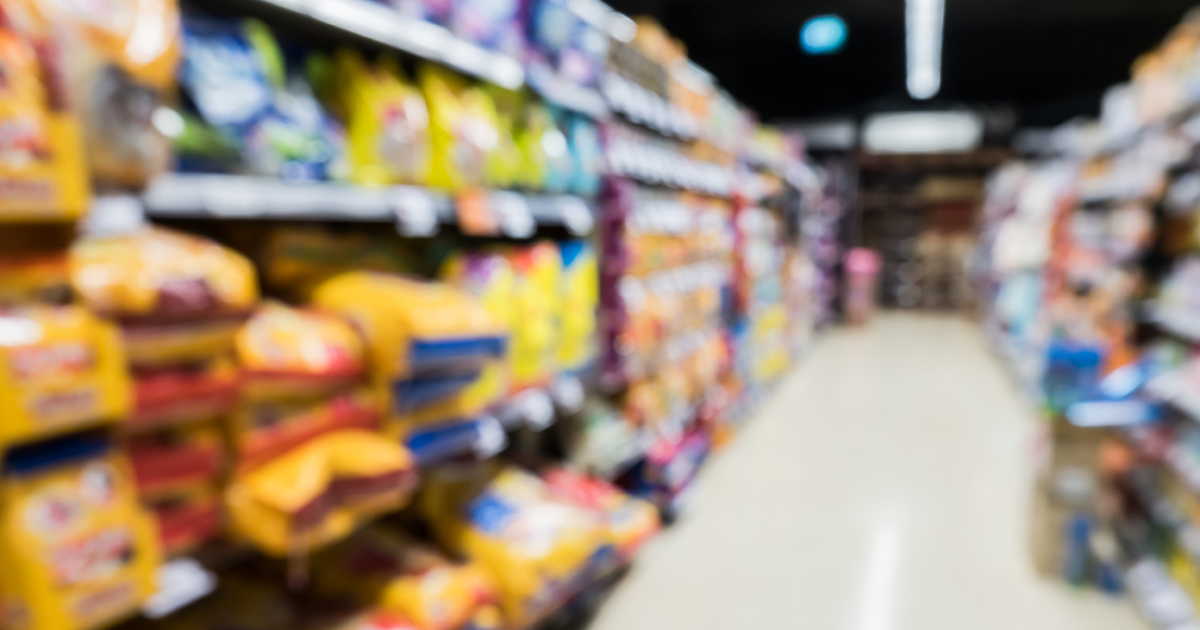
Nutritional decisions
—
by
When I first stopped full-time clinical work, I tried to keep up with any new meds or food types through journal papers and news reports. However I quickly realised that, without the filter of clinic or client preference, this was very hard to do. I still browse for articles, but find the amount of general…
-
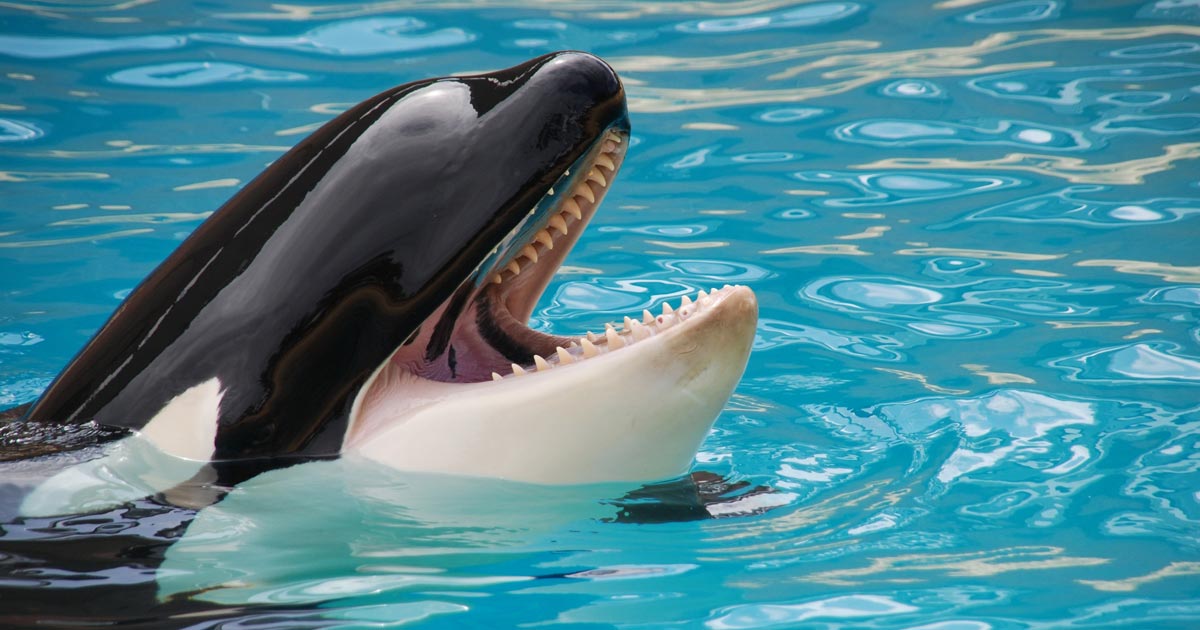
Being woke – the journey to greater welfare
—
by
I’m going to start with a trigger warning: this blog contains the word “woke” – partly because I am genuinely “down wiv da kidz”, but also because this word, for me, sums up where we are with understanding the full extent of our responsibilities, both as an industry and as humans with regard to animal…